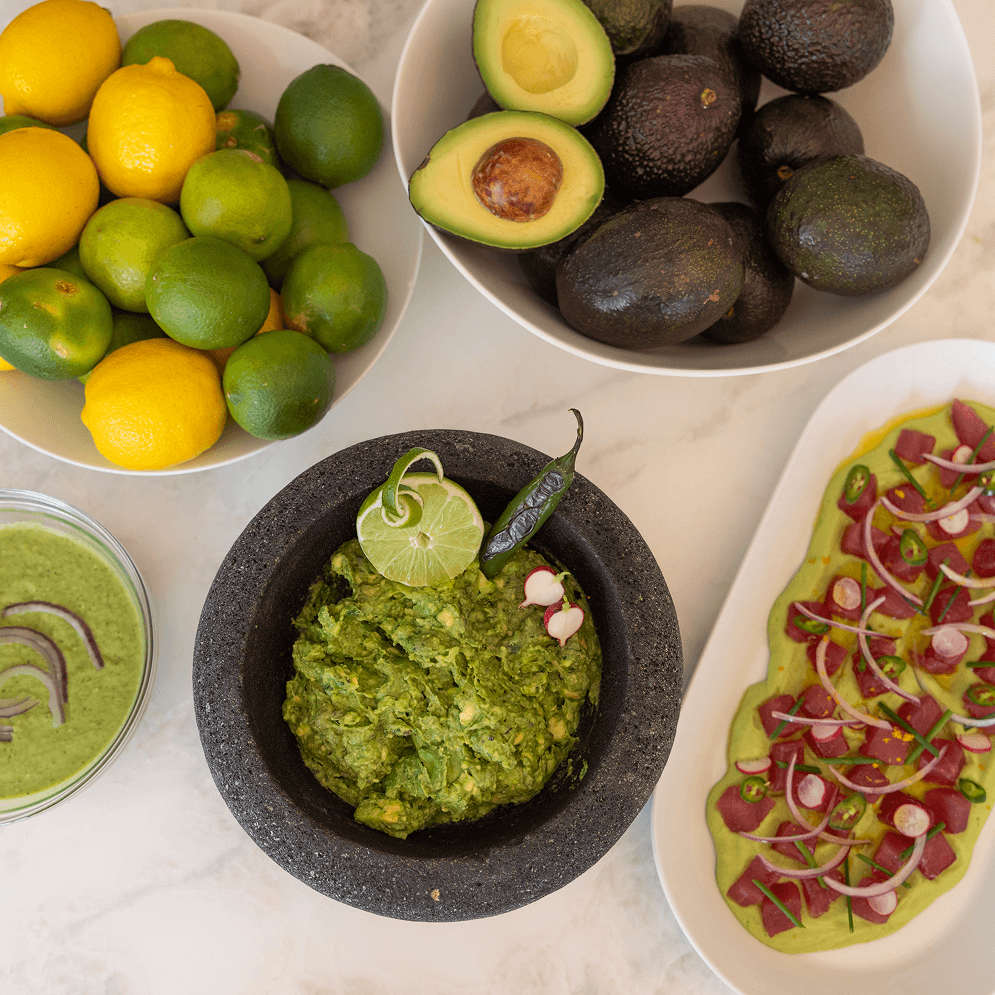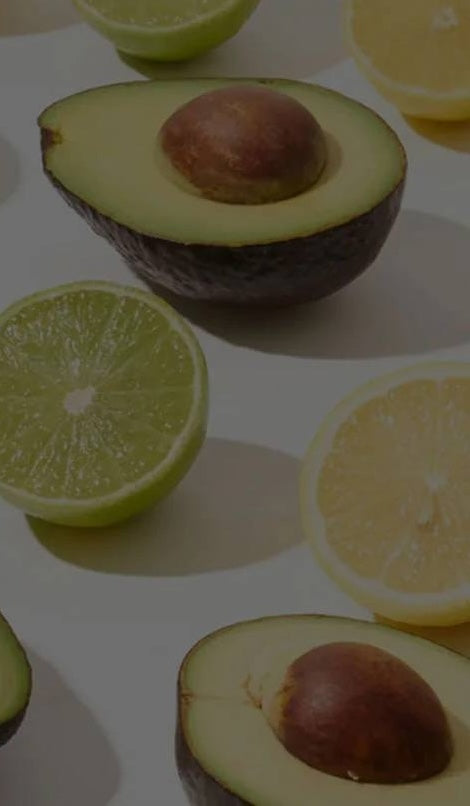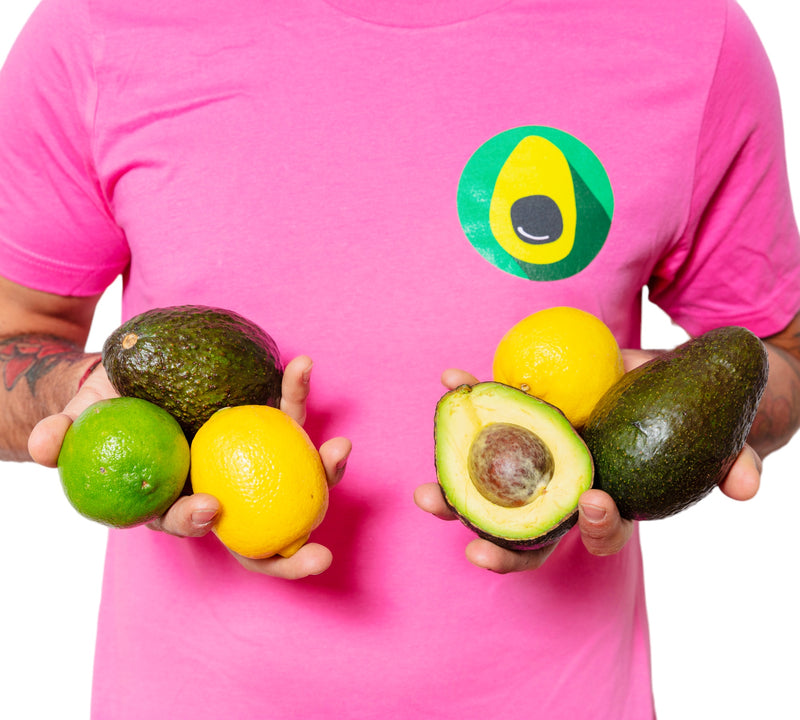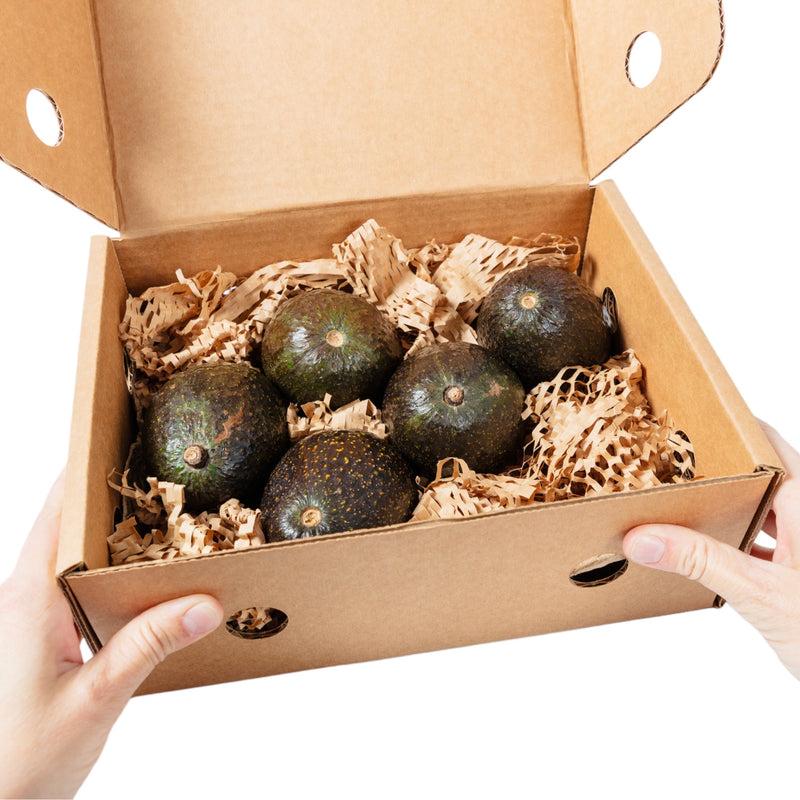Guacamole: History, Health Benefits And Popularity

The Story of Guacamole: From Ancient Origins to Global Favorite
Guacamole is more than just a delicious dip, it is a culinary icon with deep historical roots and a presence in cultures across the globe. Whether served with crispy tortilla chips, spread on toast, or enjoyed as a taco topping, guacamole has earned its place as a staple in modern cuisine. But how did this simple yet flavorful dish come to be, and why has it stood the test of time? Let’s dive into the fascinating journey of guacamole, from its etymology and origins to its worldwide popularity today.
The Etymology and Origins of Guacamole
The word guacamole comes from the Nahuatl language spoken by the Aztecs. The original term, “āhuacamōlli”, is a combination of “āhuacatl” (avocado) and “mōlli” (sauce). This name perfectly describes what guacamole is—an avocado-based sauce that has been cherished for centuries. The Aztecs were among the first to cultivate and consume avocados, recognizing their nutritional benefits and rich, creamy texture.
The origins of guacamole date back to the time of the Aztec Empire, around the 14th and 16th centuries. Avocados grew abundantly in Mesoamerica, and the Aztecs would mash them with sea salt, tomatoes, and chili peppers to create a flavorful spread. The high healthy fat content and nutritional value of avocados made guacamole a favored dish, not only for its taste but also for its sustenance.
Guacamole’s Journey Through History
When the Spanish conquistadors arrived in Mexico in the 16th century, they quickly took note of guacamole’s unique flavor and health benefits. They brought avocados back to Spain, where the fruit gradually spread to other parts of Europe and the world. However, avocados were primarily grown in the Americas due to their climate requirements, making guacamole a dish that remained deeply connected to its Latin American roots.
Over time, as global trade expanded, avocados became more accessible worldwide, and different cultures began to incorporate their own variations into guacamole recipes. By the 20th century, the dish had firmly established itself in Mexican cuisine and had started gaining popularity in the United States and beyond.
Ingredients and Variations
While the traditional Aztec guacamole consisted of only mashed avocados, salt, and tomatoes, today’s versions include a variety of ingredients that enhance its flavor and texture. The most common ingredients found in modern guacamole recipes include:
- Avocados – The creamy base and star ingredient.
- Lime juice – Adds freshness and prevents oxidation, keeping the guacamole green.
- Cilantro – Brings an earthy, herbal flavor.
- Onions – Provides crunch and a sharp bite.
- Tomatoes – Adds juiciness and mild acidity.
- Garlic – Boosts depth of flavor.
- Jalapeños or serrano peppers – Introduces a spicy kick.
- Salt and pepper – Essential seasonings to balance the flavors.
Different regions and personal preferences lead to variations of guacamole. Some recipes add mangoes or pineapples for sweetness, while others incorporate Greek yogurt for extra creaminess. In some places, guacamole is made chunky, while in others, it’s blended into a smooth dip. Discover our guacamole recipes here (LINK). We recommend using ripe avocados for guacamole whether you like it creamy or chunky. (add chef cosme video on type of avocado to use for guacamole)
Health Benefits of Guacamole
Beyond its delicious taste, guacamole is packed with nutritional benefits. Avocados are rich in heart-healthy monounsaturated fats, which help lower bad cholesterol and support overall cardiovascular health. Guacamole is also a great source of fiber, aiding digestion and promoting a feeling of fullness. The lime juice provides Vitamin C, which boosts immunity, while the tomatoes, onions, and cilantro add essential antioxidants and minerals. With no artificial additives, guacamole is a wholesome and nutritious addition to any meal.
Guacamole’s Role in Modern Cuisine
Guacamole is no longer just a dip—it has become a global sensation. It is widely consumed across North America, Europe, and even Asia, thanks to the increasing popularity of Mexican cuisine.
In the United States, guacamole has a strong presence in Tex-Mex dishes and is a must-have for Super Bowl parties (LINK), barbecues, and social gatherings. Restaurants offer guacamole as a table-side specialty, preparing it fresh in front of diners.
Guacamole and Cinco de Mayo
One of the most well-known occasions for enjoying guacamole is Cinco de Mayo, a holiday that commemorates the Mexican victory at the Battle of Puebla in 1862. While it is often mistaken for Mexico’s Independence Day, Cinco de Mayo is widely celebrated, especially in the U.S., as a day to honor Mexican culture and heritage. Traditional foods like tacos, enchiladas, and, of course, guacamole take center stage at these celebrations.
The Guacamole Song
Guacamole has even made its way into pop culture, inspiring songs that celebrate its appeal. The “Guacamole Song”, also known as “Guacamole (The Avocado Song)”, gained popularity as a fun, lighthearted tune that captures the joy of making and eating guacamole. With catchy lyrics and an upbeat rhythm, the song has been widely shared on social media, further cementing guacamole’s place in modern culture.
The Everlasting Love for Guacamole
Guacamole’s enduring appeal lies in its simplicity, versatility, and bold flavors. It is a dish that has remained largely unchanged since its inception yet continues to evolve with modern tastes. From its Aztec origins to its place in today’s global food scene, guacamole has proven that sometimes, the best dishes are the ones that connect us to our past while adapting to the present.
So, the next time you scoop up a bite of guacamole, remember that you’re indulging in a piece of history—one that has been savored for centuries and will continue to be loved for generations to come!






